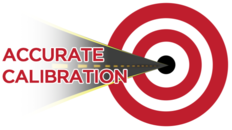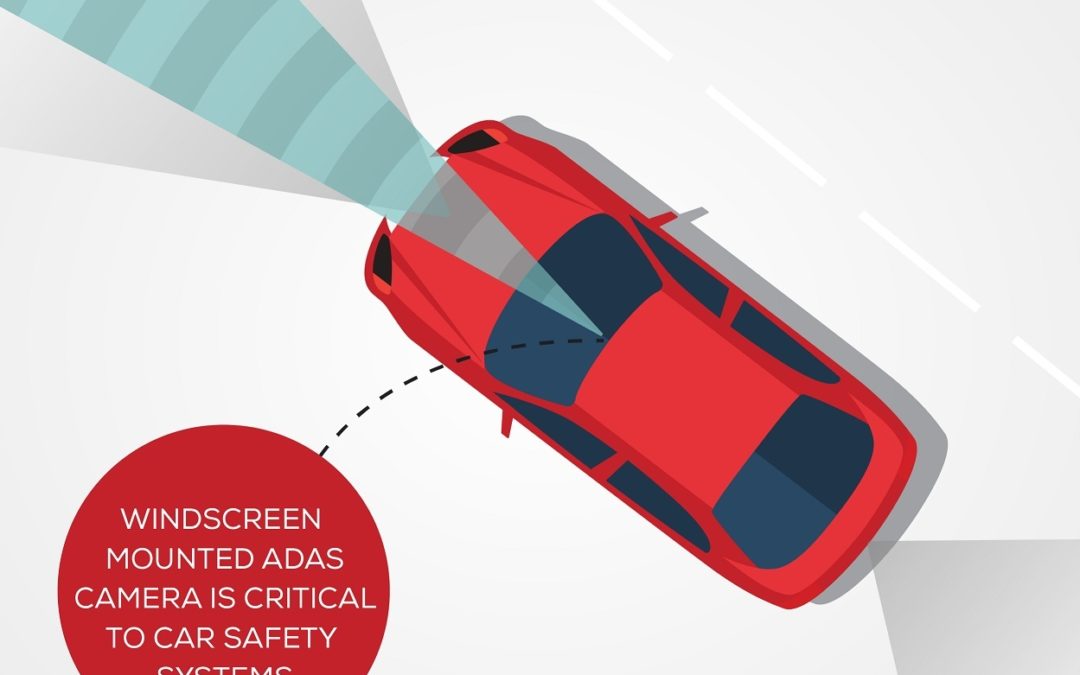Vehicles are currently making the switch from autonomous driving to Advanced Driver Assistance Systems (ADAS) which ensure increased vehicle safety and better driving. ADAS systems can alert drivers to potential problems on the roads and can even take control of the vehicle when necessary – applying the emergency brakes if the vehicle was to collide with anything, for example.
ADAS systems work through a camera that is fitted to the centre of the windscreen. The camera then relays important information about the conditions of the road ahead to the ADAS so that the system knows when to activate automated safety measures.
This includes monitoring blind spots, pedestrians and proximity to other objects, so it is important that the camera is calibrated to offer the best possible surveillance of the vehicle and road.
Is adas calibration necessary?
A misaligned camera could jeopardise the functionality of the system and lead to dangerous driving or accidents, so it is crucial that the cameras are aligned perfectly, which is what windscreen calibration ensures.


Recent Comments